The vanguards of our heritage
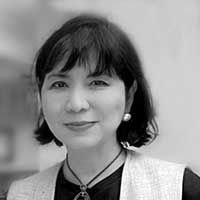
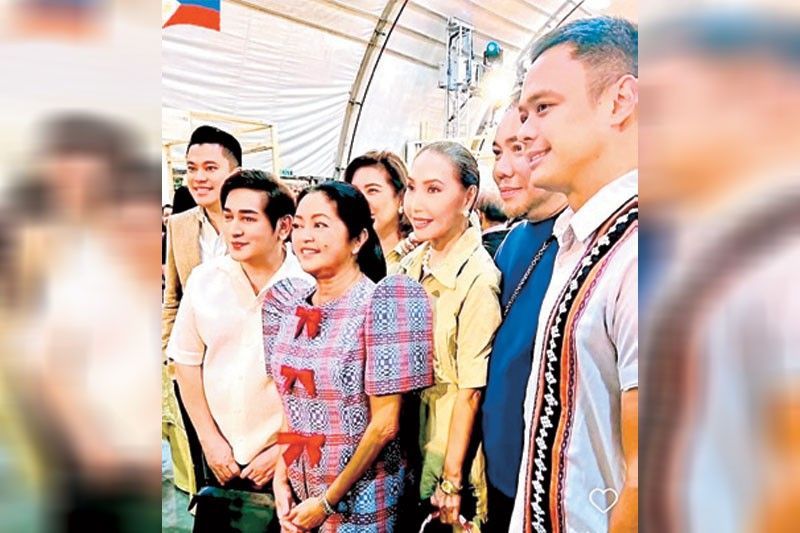
You can call their sculptured works “Holy Wood.”
There’s the crucified figure of Christ, 7’8” long, so moving in its soul-stirring agony. There’s a recreation of “The Creation” by Michelangelo at the Sistine Chapel. Statues of the Blessed Virgin and saints, complete with angels and animals. The statue of David, handsome in its naked splendor.
These are works by Pedro Llevado Sr. and his sons Pedro Llevado Jr. and Michael Angelo Llevado, most of which were made from discarded wood from Yolanda and other catastrophies. So beautiful are their works that they are in demand in countries like Italy, and sought after by local collectors.
The secret behind the Llevados’ artistry? “Pagkatapos ng lahat na paghihirap, babaklasin mo ang gantimpala ng Panginoon,” declared Pedro Sr. “Maraming salamat po, Panginoon!” Panginoon,” declared Pedro Sr. “Maraming salamat po, Panginoon!”
Pedro Llevado, Sr. and sons
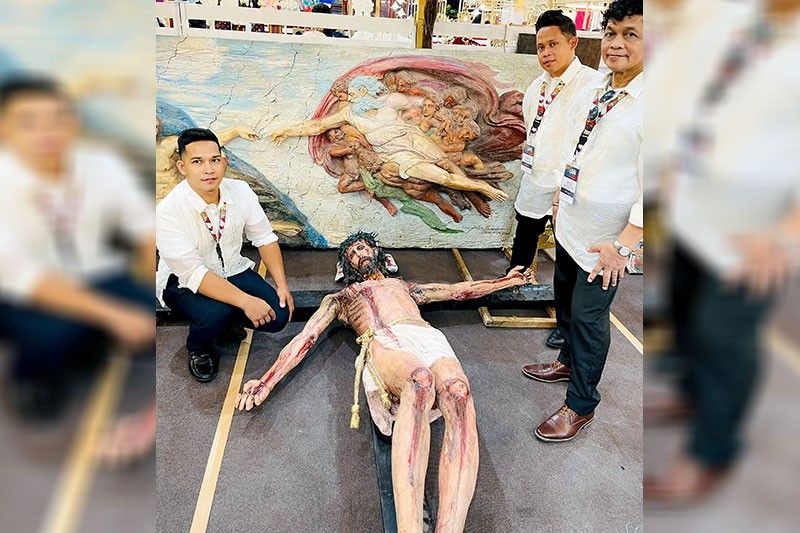
The Llevado family is but one of the artisans who showcased their works in Likha 3 from June 7-11 at the PICC Forum spearheaded by First Lady Liza Araneta Marcos. From the 20-plus artisans featured in Likha 1 in 2023, Likha 3 this year, held to mark Philippine Independence Day, now had 87 artisans.
This is one of the most heartwarming exhibits of local crafts that I have seen.
“We are so happy,” said an exhibitor, “because we felt it was a sincere effort to help us, a dying breed of artisans gasping for survival. We were not charged any rental fee; those of us from far regions were even provided transport, board and lodging. And shipping or air transport for our products was even taken care of. It was clearly not a profit-oriented event. The goal was really not to make the organizers profit, but us artisans profit.” The exhibit was divided into three areas, from the established to the newbies, for which seminars were conducted.
Salika Maguindanao and Sadira Basmala

Dressed in colorful woven outfits, Salika Maguindanao and her partner, Jardin B. Samad — tagged as Internally Displaced Persons (IDP) IF — formed Maranao Collectives in 2017.
“The art of langkit weaving has long been suffering and dying because of the neglected cultural valuation of woven products in our country,” says Salika. “Low-income opportunities brought financial instability to Maranao weavers. To revive our dying tradition, we built makeshift equipment from bamboo pipes and scraps, and taught evacuees the art of langkit weaving.”
The pair lost everything in the siege, but set up a learning center to assist more IDP weavers to earn a decent living and restore their lost dignity. And, of course, to help preserve the cultural heritage of the Maranaos.
Kae Batiquin
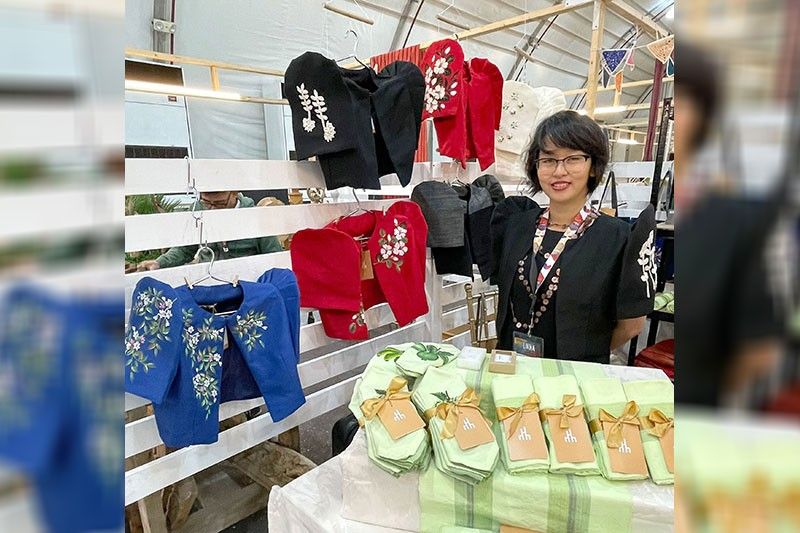
I met Kae Batiquin of HoliCow, and holy cow! Her terno tops are pretty. She is the manager of HoliCow — Holistic Coalition of the Willing, described as a Cebu-based socio-creative enterprise creating authentic Visayan pieces and furnishings curated towards a stylish and holistic lifestyle. “It empowers grassroots communities, while practicing traceable and sustainable handmade manufacturing.”
Her terno tops are practical alternatives for women who like to wear ternos, but in a more comfortable way.
Charming Baldemor
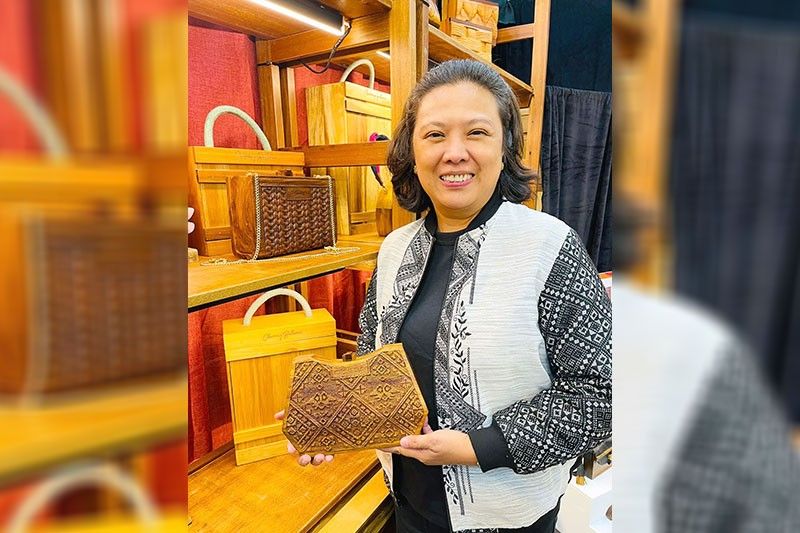
I first met Charming Baldemor at ArteFino in Rockwell, where I was fascinated by her sculptured works, some miniature roomscapes or fiesta scenes. This time, I was awed by her sculptured handbags, looking like these were stitched on wood. Or crocheted! Her trays of fruits and veggies are made from single pieces of wood. Her materials are upcycled from rescued wood, for she clearly takes a stand against illegal logging.
There’s so much talent where she comes from — the Paete clan of the great artist Manny Baldemor, her uncle, who richly deserves to be National Artist already.
Charming’s bestselling products? The bags looking so intricately woven you can feel the stitches.
Ditta Sandico-Ong
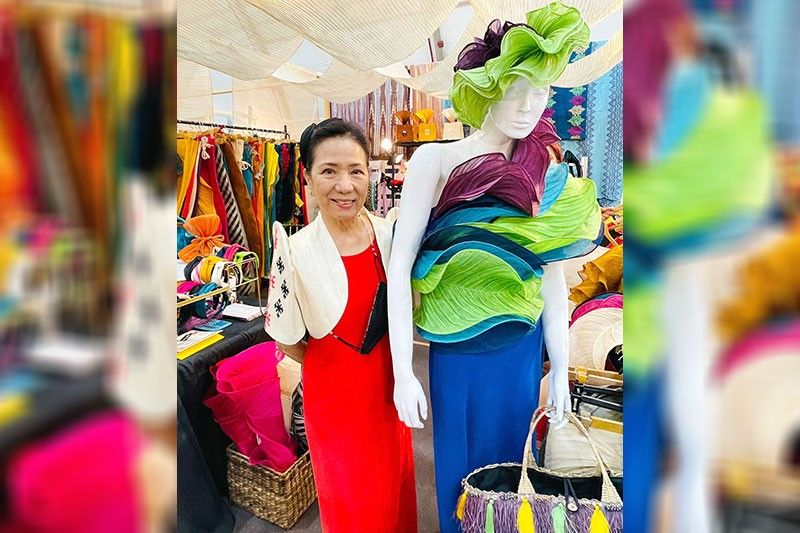
Ditta — rather, Ditta Sandico-Ong — is not just a fashion designer. She is a visionary. A Wrap Artiste.
Ditta has the vision to transform indigenous fibers such as banana, pineapple and abaca — very breathable fabrics — into modern, elegant and timeless gowns, scarves, neckpieces, and wraps that follow the movements of the body.
In her collection at Likha 3. Ditta bared bags and evening pouches that are so light yet roomy. Ditta comes from the family that famously produced those moving Christmas tableaus at the C.O.D. department store, but clearly she has found her own niche.
Len Cabili
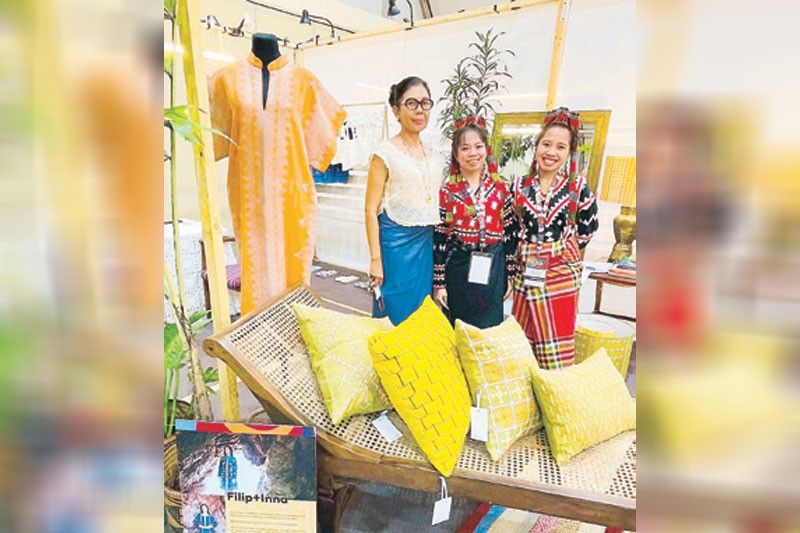
Culture vanguard Len Cabili’s Filip+Inna combines ancient techniques of weaving and embroidery with contemporary fashion.
Her mission is to revive and preserve Filipino traditions, which are in danger of being forgotten or extinct. Len is co-founder of “Dama Ko, Lahi Ko,” a cultural collective that aims to spread awareness of Filipino culture. An avid K-drama follower, Len hopes we can use culture as a form of soft power, the same way Koreans are succeeding in doing it.
Len grew up with an appreciation of Philippine culture, particularly Filipino songs and dances. Her mother, Leni Alano-Cabili, was a famous Bayanihan dancer, and their family wore traditional native garments for everyday use. “I slept with guns under the bed,” Len once said, having lived in a town where kidnapping and bombings were common. She realized the value of public service, growing up in Iligan where her father was mayor.

Angie Ilul
Perhaps the most amusing products I saw were those of Angie Ilul, whose Yakan handloom weaving showcase included dolls in colorful costumes, some with baskets and exquisite finery.
Were you inspired by Barbie dolls? I asked Angie, and she laughed.
The dolls are popular purchases, she said. But more important than the sales was the networking with businesspeople who wanted to order wholesale and ask for custom-made products.

Leslie Mendiola
If your products have been ordered by the likes of singer Boy George and Kate Middleton, the Duchess of Cambridge, you have reason to be proud.
But Leslie Mendiola of JB Woodcraft remains humble even as her company has made 36-seater tables for palaces in Marrakesh and Qatar.
She also humbly admitted that they have had to improve their products to attain their world-class stature. Her family started as a seller of souvenirs from Baguio, Bulacan and Laguna, mostly to American servicemen. Having learned from experience, she now exports to the Middle East, Europe and China.
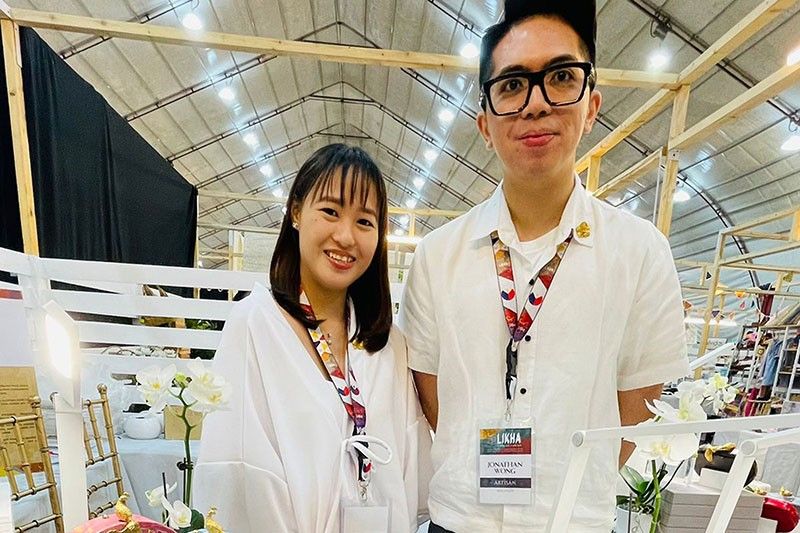
Neil Felipp
Neil Felipp is a familiar name in the world of fashion. His exquisite minaudieres, handmade in Cebu, are now arm candy to many elegant women. There are trademark dragons, fish, flowers and snakes, and lately, insects like ants have been crawling on his bags, as well as home decor and jewelry.
The secret to his success? “No two pieces are alike,” he said, by way of assurance to his picky and chic clientele.
And, of course, he constantly innovates his products made by metal craftsmen, using semi-precious materials for his works.
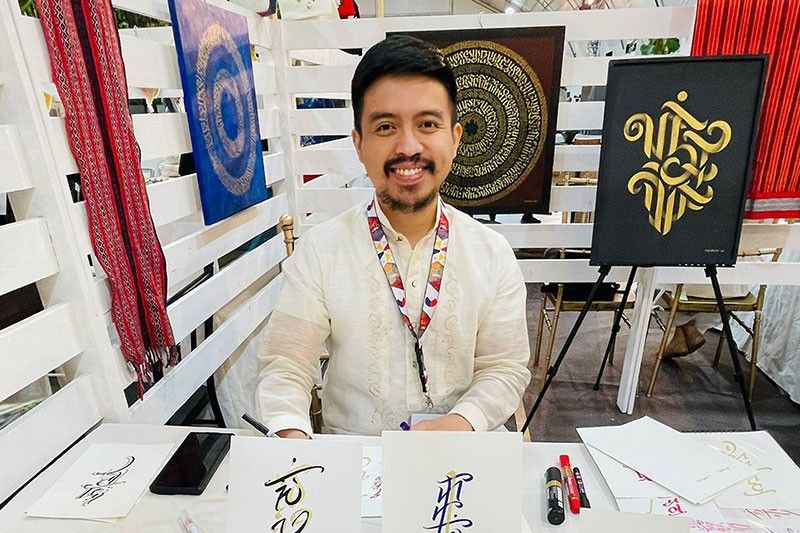
Taipan Lucero
Calligraphy is a special art, and this is the chosen field of Taipan Lucero of CalligraFilipino.
When I asked him if he uses the ancient Filipino alibata alphabets, Taipan says his craft uses what is called alibaybay.
He mastered the art of calligraphy when he worked in Asia, specifically Japan, for years. It is something he obviously enjoys doing, not just for wedding invitations, important manuscripts, engravings, and whatever demand clients have.
For him, calligraphy is the write choice.
Banj and Mike Claparols

Mike and Banj Claparols are visionaries who steadily walked their way towards producing Lakat Sustainable Sneakers.
They discovered a way to pre-treat handwoven pineapple and cotton fibers for use in comfortable sneakers.
Benefitting the community of farmers from Negros and Mindanao, the production of the sneakers aims to establish a sustainable value chain, Mike explained.
“Pineapple fibers used in making Lakat shoes come from discarded leaves usually thrown after harvesting pineapples. Extraction is made using solar-powered energy, which results in a lower carbon footprint,” Mike added.
Walk this way — the phrase has never been as meaningful.
* * *
Follow the author on Instagram and Facebook @milletmartinezmananquil. Email her at mmmananquil@philstarmedia.com and milletman88@gmail.com.



















